
Currently, the world is such that you can get as much information as you want through the internet, but even so, the real pleasure of traveling, which involves taking the time to actually go to the place, touch the air and culture, and savor with all five senses, is not something that can be easily lost.
The COVID-19 pandemic that started a few years ago is showing signs of calming down in Japan, and the so-called "self-restraint" mood in Japan is also heading towards an end. In tourist spots all over the country, there is a great bustle of tourists from both inside and outside the country, just like before the outbreak of the pandemic. If time and economic leeway are created, there must be many people who want to travel around Japan as they used to. In this article, we will introduce the anniversaries related to such "travel" in Japan, along with their origins.
The Background of the Establishment of Japan's "Travel Day": Travel and "Oku no Hosomichi"
In Japan, the anniversary related to travel, "Travel Day" (旅の日 / Tabi no Hi), is set on May 16th. First, let's introduce the background of the establishment of this anniversary and "a certain journey", arguably the most famous journey in Japanese history, which is the origin of Travel Day.
The Background of the Establishment of "Travel Day"

This "Travel Day" was proposed in 1988 by an organization called the Japan Travel Pen Club, with the aim of "re-examining the often forgotten spirit of travel and the question of what it means to be a traveler". This organization, established in 1962, is dedicated to "improving the culture of travel, protecting the natural environment, and revitalizing local communities through press conferences and proposals for tourism promotion". It is composed of members such as travel journalists, writers, web writers, editors, authors, poets, photographers, painters, radio personalities, lawyers, architects, university professors, and friends such as innkeepers, guesthouse owners, and restaurant owners.
So why was this "Travel Day" set on none other than May 16th? In fact, on this day in 1869 (March 27th in the old calendar), Matsuo Basho left Edo (now Tokyo) for his famous journey on the "Oku no Hosomichi".
Matsuo Basho and the "Oku no Hosomichi"
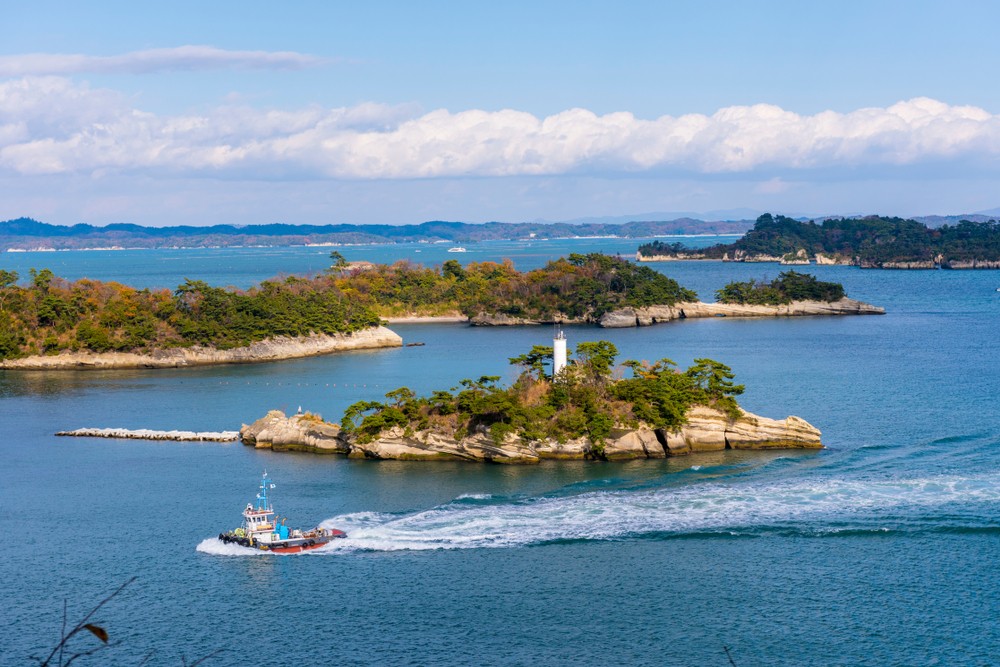
The person named Matsuo Basho was a haiku poet who was active during the Edo period (1603-1868). Born in 1644 in what is now Iga City, Mie Prefecture, Basho encountered "haikai" at the age of 19 and is said to have become a master of haikai at the age of 35. (Strictly speaking, this category of "haikai" is different from what is called "haiku" established after the Meiji era, but we will not go into detail about these differences here). He is said to have composed about 1000 verses in his lifetime, and in later years, he came to be called "Haisho", meaning "a haiku poet with no equal".
Basho traveled around various provinces in Japan, composing many verses in each place. In 1689, Basho set out on a journey from Tohoku to Hokuriku with his disciples. The travelogue written based on this journey is "Oku no Hosomichi" (おくのほそ道), in which 50 verses are published.
"Oku no Hosomichi" begins with the following opening: "Tsukihhi wa hyakudai no kakaku ni shite, ikikafu toshi mo mata tabibito nari (Time is an eternal traveler, and the passing years are also travelers)". This monologue by Basho, which likens even the passing time to a "traveler", is trying to capture something that could be said to be the essence of a certain kind of journey. Isn't it a sentence that makes sense that his journey was mentioned as the origin of the anniversary of the journey?
By the way, this journey of Basho, which starts in Edo and travels around the Tohoku and Hokuriku regions, ends in Ogaki, which is located in present-day Gifu Prefecture. On the journey, he visited places that are still famous as tourist destinations today, such as Nikko in Tochigi Prefecture, Matsushima in Miyagi Prefecture, and Hiraizumi in Iwate Prefecture. In Hiraizumi, he pondered the rise and fall of the Oshu Fujiwara clan, who once ruled this land, and composed the famous phrase "summer grasses, traces of soldiers' dreams" (夏草や兵どもが夢の跡 / Natsukusa ya tsuwamono-domo ga yume no ato), which many Japanese people know.
Events related to "Travel Day"
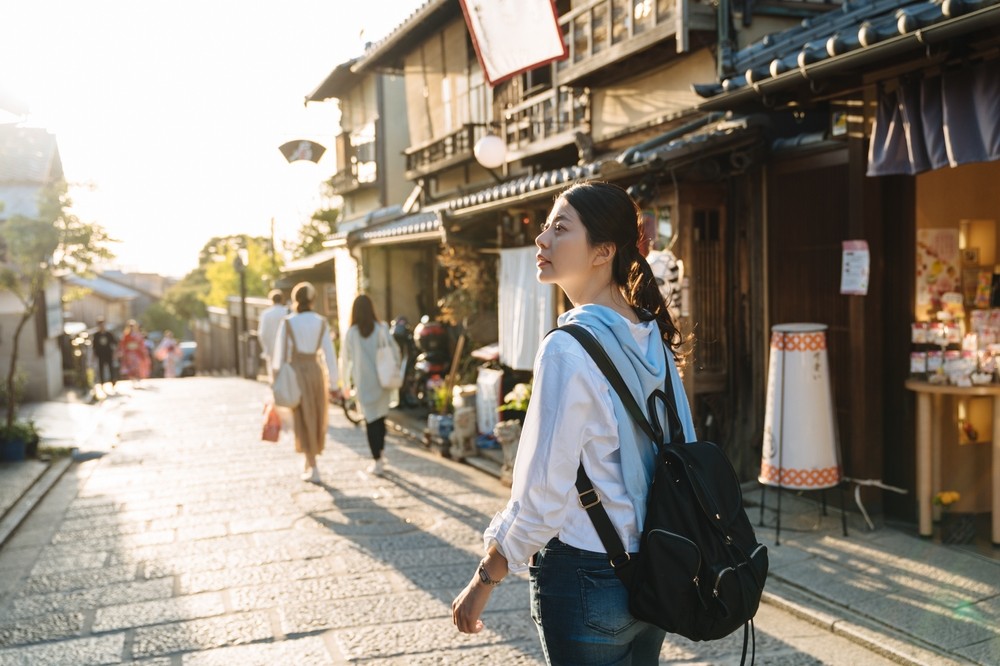
As of the time of writing this article, no general public events related to "Travel Day" could be confirmed. However, there are events held by the Japan Travel Pen Club, the organization that proposed "Travel Day", to coincide with this day.
Every year, the Japan Travel Pen Club holds a "Travel Day" meeting on May 16th, the anniversary day, where the "Travel Day" Senryu Grand Prize and the "Japan Travel Pen Club Award" are announced and presented.
The "Travel Day" Senryu, which seeks "a wide spread of travel culture", is a Senryu themed on "travel" that has been open to the public since 2009. Senryu is a poem that is read with a rhythm divided into three parts: 5 characters, 7 characters, and 5 characters, for a total of 17 characters. In the call for entries for the "15th 'Travel Day' Senryu" in 2023, 4,457 works were submitted by 1,702 people. The grand prize went to the phrase "Tabi no kiro / Hougen katakoto / Tsuitekita (meaning: On the way home from a trip, dialect came along)", and the excellence award went to the work "Hashagu tomo / Shiranai machi de / Shiru sugao (meaning: I was able to see my friend's excited face in an unknown city on a trip)".
On the other hand, the "Japan Travel Pen Club Award" is a prize "awarded to organizations, individuals, and administrative agencies that are recognized for contributing to the improvement of travel culture", and so far, local governments and regional tourism associations across the country have received this award.
Classical Japanese literature about 'travel'
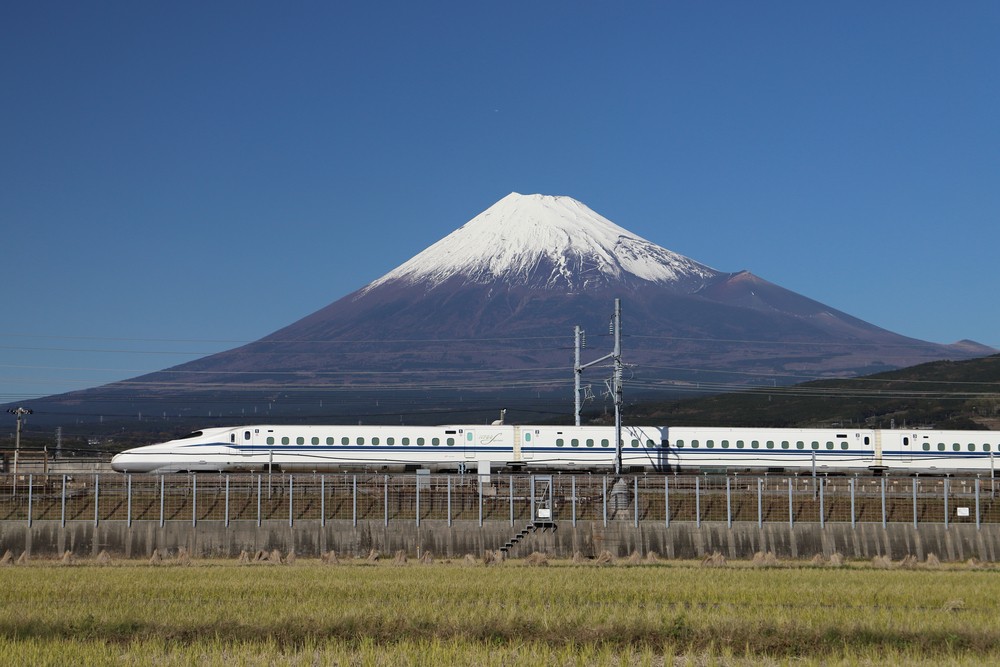
So far, we have looked at information about "Travel Day" and Matsuo Basho's "Oku no Hosomichi", which is the origin of this anniversary. Finally, let's introduce two classic works of Japanese literature that are themed on "travel".
The first one to introduce is "Tosa Nikki" by Ki no Tsurayuki from the Heian period (794-1185). The opening line, "A diary is something that men write, but I, a woman, will try to write one too", is all too famous among Japanese literature lovers. This work is said to be based on the journey of the author, Ki no Tsurayuki himself, who had finished his term as a regional governor in Tosa (now Kochi Prefecture) and was returning to the then capital, Heian-kyo (now Kyoto City, Kyoto Prefecture).
The next one to introduce is "Tokaidochu Hizakurige" by Jippensha Ikku, a popular novel in the Edo period. This is a story about the journey of the two main characters, "Yaji-san" and "Kita-san", who travel west from Edo (Tokyo) along the Tokaido road, aiming to visit the Ise Shrine in Ise City, Mie Prefecture. The story is a series of unusual events in which these two cause various disturbances or get involved in incidents in various places, and it seems to have been a popular work in the Edo period, with sequels following this "Ise Pilgrimage".
Where would you go on a trip to Japan?
So far, we have been delivering historical topics related to "Travel Day" and travels in Japan. After Japan's Golden Week, the season before the rainy season begins in earnest, the climate in Japan continues to be comfortable. If you are planning a trip to Japan next, it might be a good idea to set out on a "journey" to places you've been curious about but haven't been able to visit, or to towns of acquaintances you haven't seen in a long time.

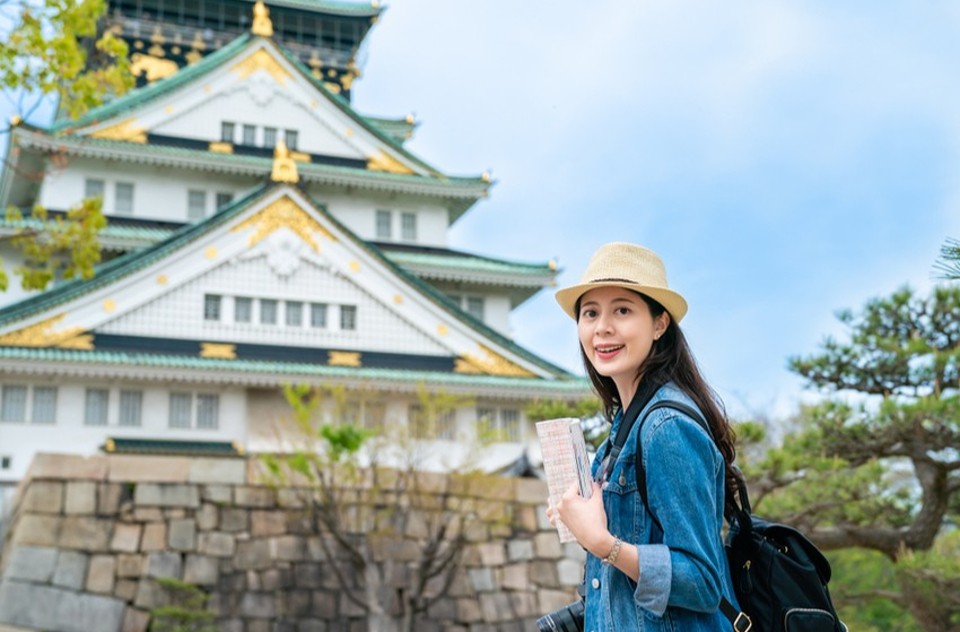
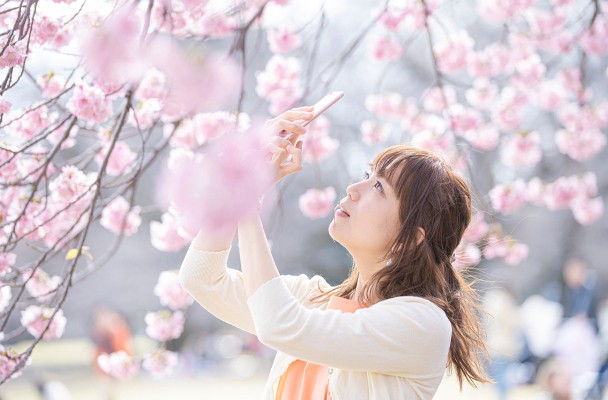

Comments